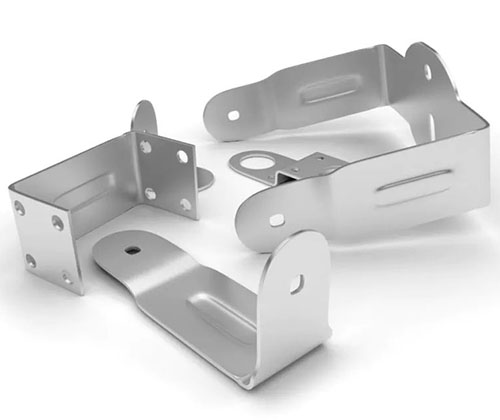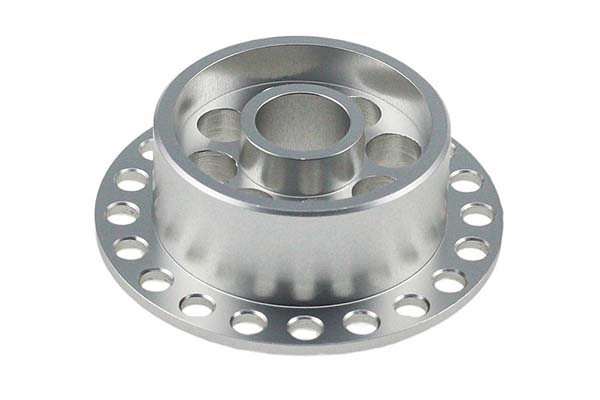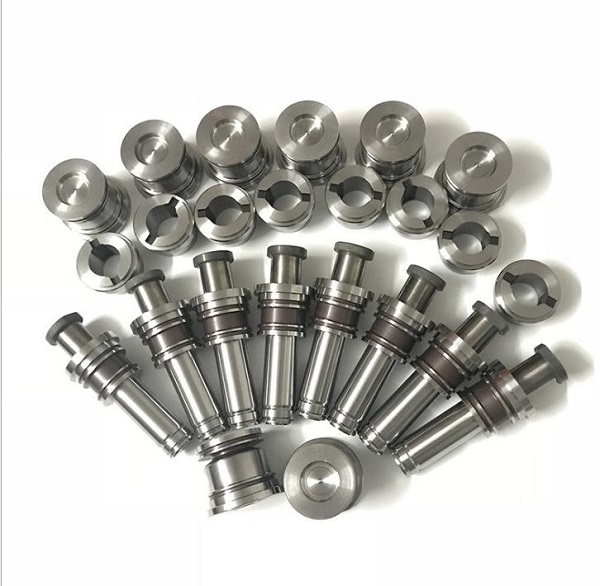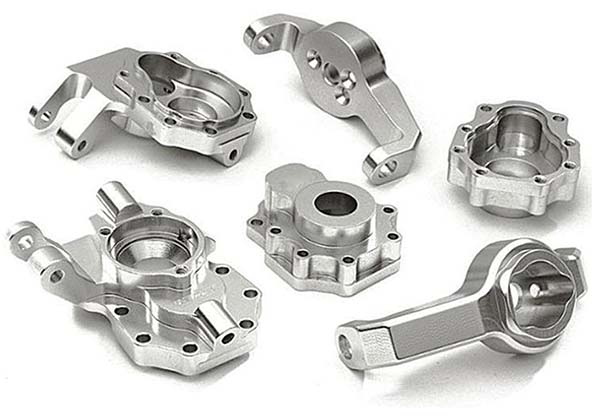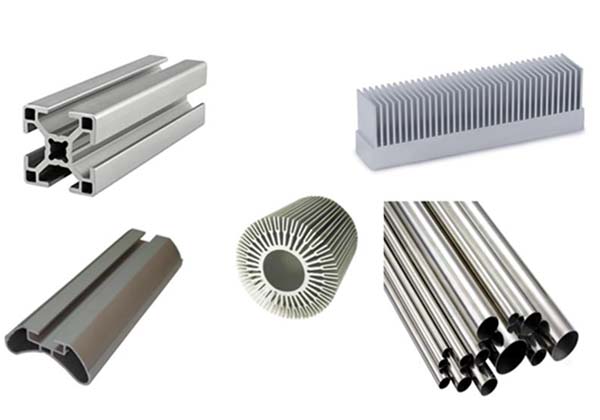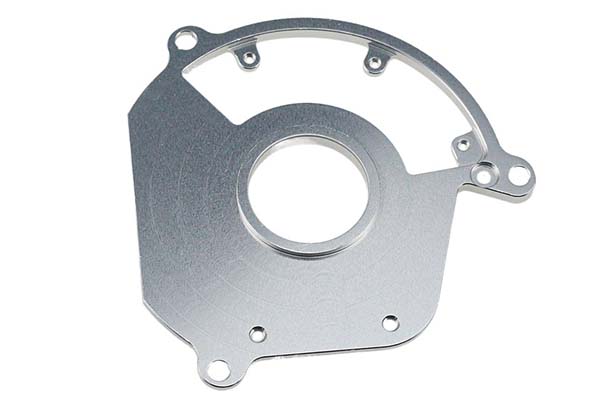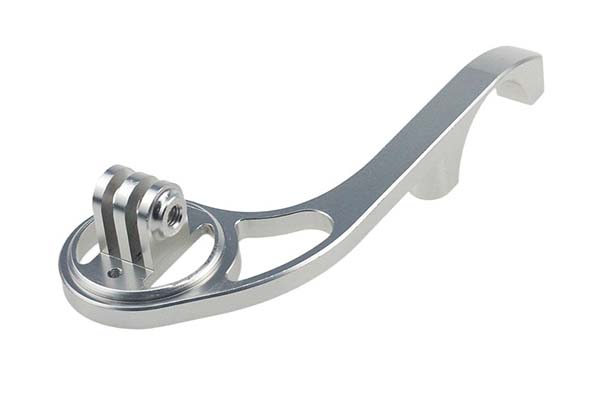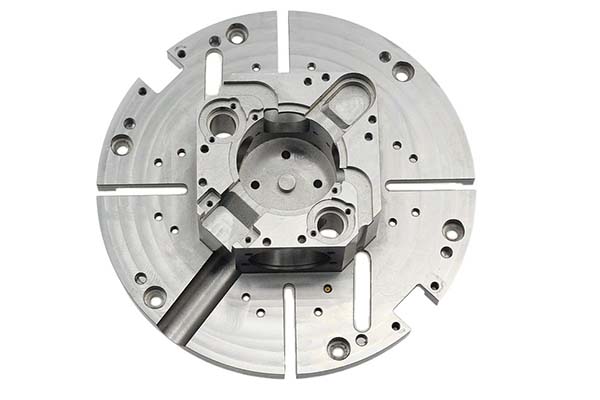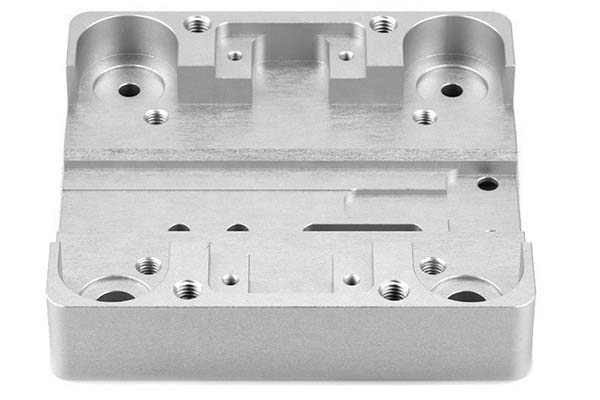Manufacturers worldwide struggle with a familiar dilemma: finding a material that offers both exceptional corrosion resistance and the ability to be shaped into complex forms through stamping. Many metals fail here—some resist rust but crack under stamping pressure, while others form easily but deteriorate quickly in harsh environments. This is where metal stamping stainless steel shines. In this guide, we’ll explore how stainless steel overcomes these challenges, diving into its properties, stamping techniques, applications, and quality control to help you master its use in your production line.
Stainless Steel Material Properties: Choosing the Right Grade
Stainless steel’s versatility stems from its diverse stainless steel grades, each tailored to specific needs. Understanding their differences is key to avoiding costly mistakes in stamping:
- Austenitic Stainless Steel (e.g., 304, 316): The most common for stamping, these grades contain high chromium content (16–26%) and nickel content (8–24%). They offer excellent ductility and weldability, making them ideal for complex shapes like deep-drawn medical components. 316 adds molybdenum content (2–3%), boosting pitting resistance in saltwater environments.
- Ferritic Stainless Steel (e.g., 430): With 10.5–27% chromium and little to no nickel, these are cost-effective and have good corrosion resistance for indoor applications. Their lower ductility makes them better suited for simple bends than deep draws.
- Martensitic Stainless Steel (e.g., 410): Hardenable via heat treatment, these have 11.5–18% chromium and offer high hardness and tensile strength (up to 1,200 MPa). They’re used for parts like cutlery but require careful stamping due to lower ductility.
- Duplex Stainless Steel: A mix of austenitic and ferritic structures, duplex grades balance strength and corrosion resistance. They’re perfect for demanding applications like marine hardware but need precise stamping parameters to avoid cracking.
All grades share a passive chromium oxide layer that self-heals when scratched, ensuring long-term corrosion resistance—a trait unmatched by most metals.
Metal Stamping Techniques for Stainless Steel: Precision and Control
Stamping stainless steel requires specialized approaches to handle its strength and avoid surface damage. Here’s how to achieve consistent results:
- Die Design: Dies must account for stainless steel’s higher tensile strength (typically 500–1,000 MPa) compared to carbon steel. Using rounded edges and increased clearance reduces stress, while polished surfaces minimize friction and preserve the surface finish.
- Stamping Processes:
- Punching Operations: Use carbide tools to handle stainless steel’s abrasiveness. High-speed presses with sharp punches ensure clean cuts without burrs.
- Bending and Forming: Control springback—stainless steel’s tendency to return to its original shape—by over-bending slightly. For austenitic grades, this is around 2–5 degrees; ferritic grades may need 5–8 degrees.
- Drawing and Deep Drawing: Use heavy-duty presses with slow ram speeds to prevent work hardening. Lubrication techniques are critical—use high-pressure lubricants to reduce heat and friction.
- Tooling and Dies: Hardened steel or ceramic tools resist wear from stainless steel’s hardness. Regular maintenance checks prevent micro-cracks that can mar the surface finish.
Applications of Stainless Steel: Where It Excels
Stainless steel’s unique properties make it indispensable across industries:
- Food Processing Equipment: Austenitic grades like 304 are non-reactive, easy to clean, and resist corrosion from acids in food.
- Medical Devices: 316L (low-carbon 316) meets strict hygiene standards, with excellent biocompatibility for surgical tools and implants.
- Marine Applications: Duplex grades withstand saltwater, making them ideal for boat hardware and offshore structures.
- Automotive Parts: Ferritic grades reduce weight in exhaust components, while martensitic grades add strength to brake parts.
Corrosion Resistance and Durability: Ensuring Longevity
Stainless steel’s corrosion resistance isn’t automatic—it depends on proper handling and environment:
- Common Threats: Crevice corrosion (in tight gaps), stress corrosion cracking (under tension in chloride-rich environments), and pitting can occur if grades are mismatched to conditions.
- Testing Methods: The salt spray test (ASTM B117) evaluates resistance to saltwater, while electrochemical tests measure pitting resistance. For critical parts, cyclic corrosion testing simulates real-world weathering.
- Enhancement Techniques: Passivation—a chemical treatment—strengthens the chromium oxide layer. For high-risk areas, applying corrosion inhibitors or choosing molybdenum-rich grades (like 316) adds protection.
Manufacturing and Quality Control: Maintaining Standards
Consistent quality in stainless steel stamping requires strict protocols:
- ISO Standards: Compliance with ISO 9001 (quality management) and ISO 13485 (medical devices) ensures process reliability.
- Inspection Methods:
- Surface Defects: Visual checks and microscopy detect scratches or pits that compromise corrosion resistance.
- Dimensional Accuracy: Coordinate measuring machines (CMMs) verify tolerances, critical for parts like aerospace components.
- Material Testing: Tensile tests confirm yield strength and ductility, ensuring parts meet mechanical requirements.
- Process Optimization: Cold working (e.g., rolling) can enhance strength but must be monitored to avoid overworking, which reduces ductility. Heat treatment for martensitic grades is calibrated to balance hardness and toughness.
Yigu Technology’s Perspective
As a leading custom manufacturing supplier in China, Yigu Technology specializes in metal stamping stainless steel for global clients. We select grades based on your application—304 for food equipment, 316 for marine parts—and optimize stamping parameters to prevent springback and surface damage. Our strict quality control, from material testing to final inspection, ensures parts meet your exact specifications, combining durability and precision.
FAQs
- What causes stainless steel to rust during stamping?
Rust often occurs when the passive layer is damaged by tooling scratches or exposure to carbon steel particles. Using clean tools and passivating after stamping prevents this.
- Can all stainless steel grades be deep-drawn?
No. Austenitic grades (e.g., 304) are best for deep drawing due to high ductility. Ferritic and martensitic grades are better for simple shapes.
- How does thickness affect stainless steel stamping?
Thicker sheets (over 3mm) require higher press forces and may need pre-heating to avoid cracking, especially in ferritic grades. Thinner sheets (under 1mm) demand precise die alignment to prevent warping.
